Large indoor plants are a trend today ! Why have one large plant rather than many different small and inexpressive ones? Graphic design and simplicity, large leaves and geometric shapes make our space volumetric.
1. Chamaedorea
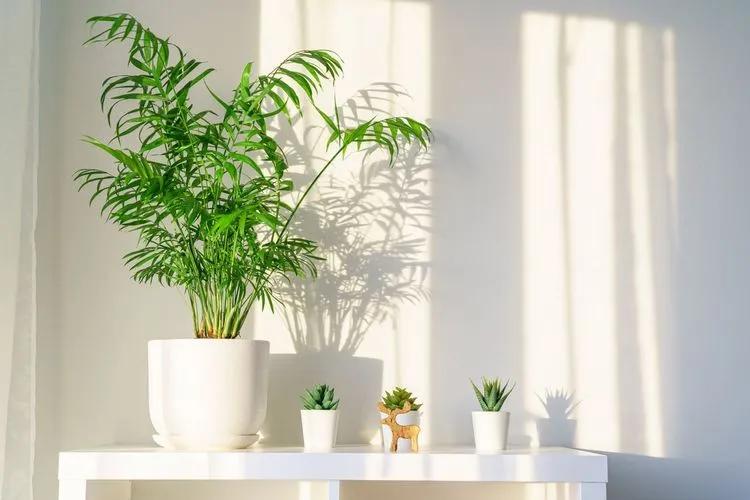 A shrub palm tree from the forests of Mexico and Guatemala is very popular with flower growers, there is nothing difficult in caring for it. Loves diffused light, but not necessarily sunny, artificial enough. Calmly transfers the shadow and can stand in the back of the room.
A shrub palm tree from the forests of Mexico and Guatemala is very popular with flower growers, there is nothing difficult in caring for it. Loves diffused light, but not necessarily sunny, artificial enough. Calmly transfers the shadow and can stand in the back of the room.
2. Banana
 It is very important for the development of a tropical plant to provide abundant lighting. It is best to place the banana on the south side, but the musa must be protected from direct sunlight.
It is very important for the development of a tropical plant to provide abundant lighting. It is best to place the banana on the south side, but the musa must be protected from direct sunlight.
The ideal option is bright, but diffused light. The microclimate in a room with a banana should be very comfortable. Suitable temperature conditions are 23 to 26 degrees Celsius (73,4 °F-78,8 °F).
Watering the tropicana musa should be abundant, about 3 times a week. Overflow or drought should not be allowed, and between waterings the soil should have time to dry out a little.
3. Hovea
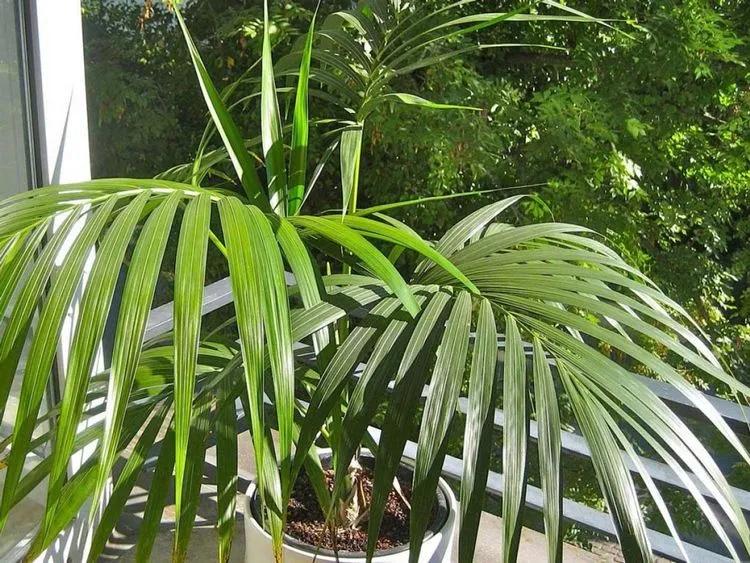 Single-barreled palm tree. In the upper part, a large number of stems with pinnately dissected plates are formed. It grows slowly, so it can delight you for years.
Single-barreled palm tree. In the upper part, a large number of stems with pinnately dissected plates are formed. It grows slowly, so it can delight you for years.
4. Medinilla Magnifica
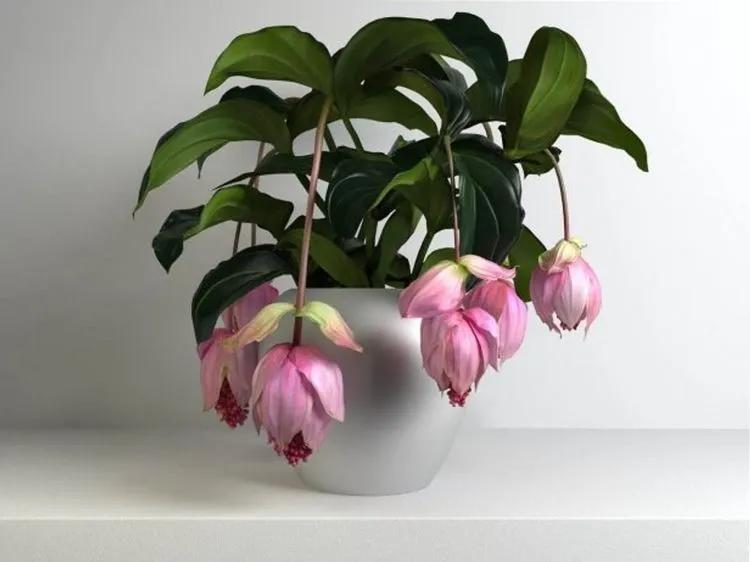 The optimum temperature for growing Medinilla is 22-25 degrees C (71,6 °F-77 °F). The temperature should not drop below 15 C (59 °F). Like other indoor flowers, Medinilla is a photophilous plant, but it must be protected from direct sunlight.
The optimum temperature for growing Medinilla is 22-25 degrees C (71,6 °F-77 °F). The temperature should not drop below 15 C (59 °F). Like other indoor flowers, Medinilla is a photophilous plant, but it must be protected from direct sunlight.
You need to water the plant abundantly and regularly, and it is also important to monitor the humidity in the room and spray the plant periodically. Fertilizer is carried out only during intensive growth, about once every 2 weeks. Fertilizer is best for flowering houseplants.
5. Ficus Benjamina
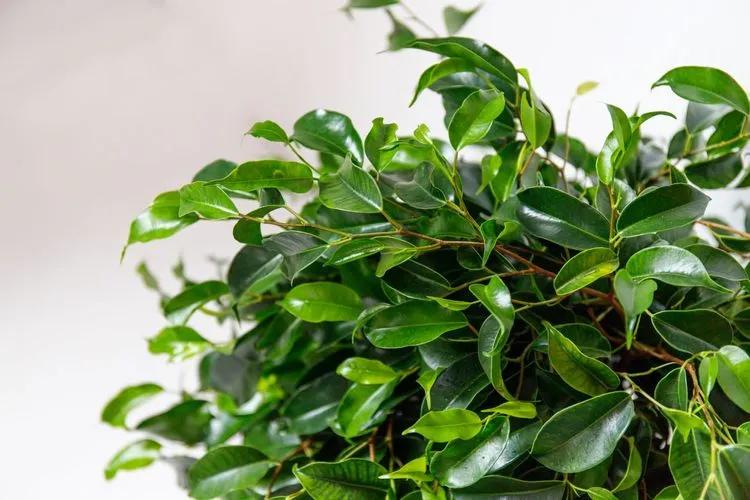 A beautiful, not very difficult to care for, but contradictory tree. On the one hand, it loves a bright place with good air circulation, and on the other hand, it does not tolerate drafts and the scorching sun. In summer, the ideal temperature is 25 ° C (77 °F), in winter not lower than 17 C (62,6 °F). If it does not like something, it expresses dissatisfaction with dropping foliage.
A beautiful, not very difficult to care for, but contradictory tree. On the one hand, it loves a bright place with good air circulation, and on the other hand, it does not tolerate drafts and the scorching sun. In summer, the ideal temperature is 25 ° C (77 °F), in winter not lower than 17 C (62,6 °F). If it does not like something, it expresses dissatisfaction with dropping foliage.
6. Azalea indica
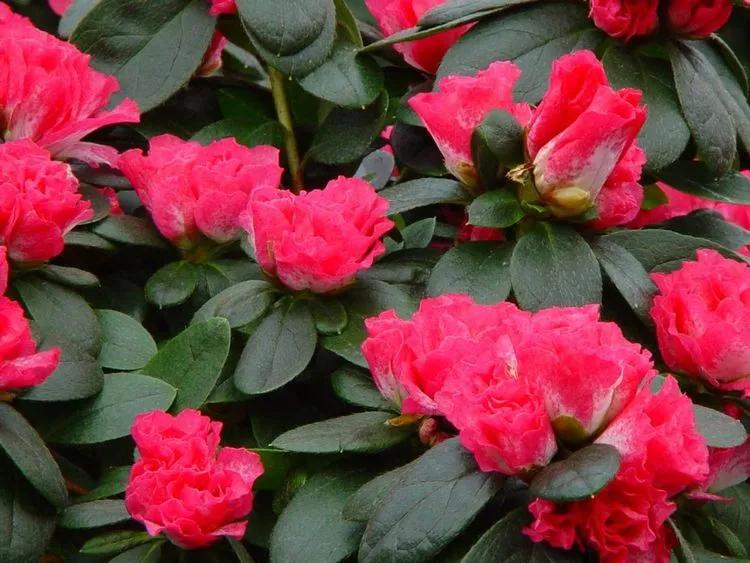 Azaleas are suitable for bright lighting with protection from direct sun. You can put the shrub on the west or east window.
Azaleas are suitable for bright lighting with protection from direct sun. You can put the shrub on the west or east window.
The optimum growing temperature for this species: 16-20 degrees C (60,8 °F-68 °F), during the formation of buds: 12-14 C (53,6 °F-57,2 °F). To maintain a good level of humidity, daily spraying is carried out, but they are stopped during flowering. Water the azalea 2-3 times a week.
7. Monstera
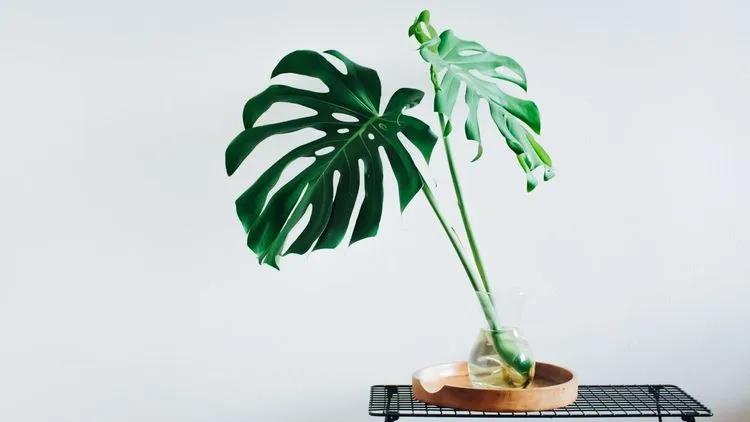 Monstera is a beautiful evergreen plant related to lianas. This is one of the most common indoor plants. Young leaves are whole, with age - perforated, and then completely cut.
Monstera is a beautiful evergreen plant related to lianas. This is one of the most common indoor plants. Young leaves are whole, with age - perforated, and then completely cut.
Monsteras thrive in heated conservatories. The plant contributes to the ionization of the indoor air. Monsteras are ideal for taking root in heated conservatories. The plant contributes to the ionization of the indoor air.
8. Aglaonema
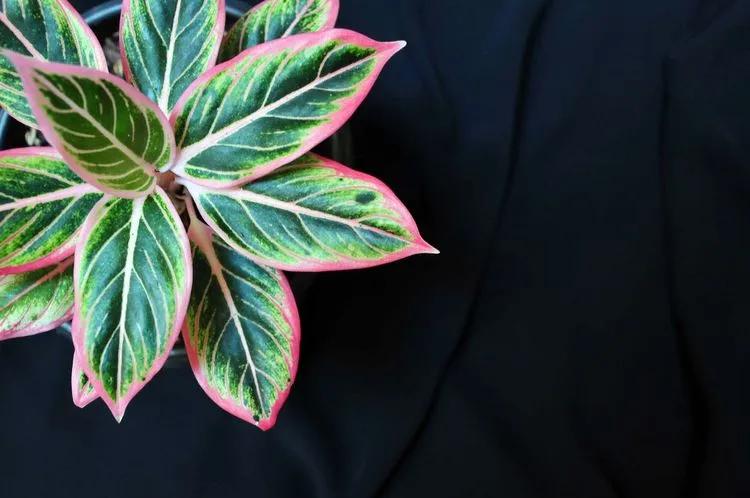 The Aglaonema plant is a member of the aroid family. This genus unites about 20-50 species. The plant naturally occurs in rainforests.
The Aglaonema plant is a member of the aroid family. This genus unites about 20-50 species. The plant naturally occurs in rainforests.
9. Anthurium
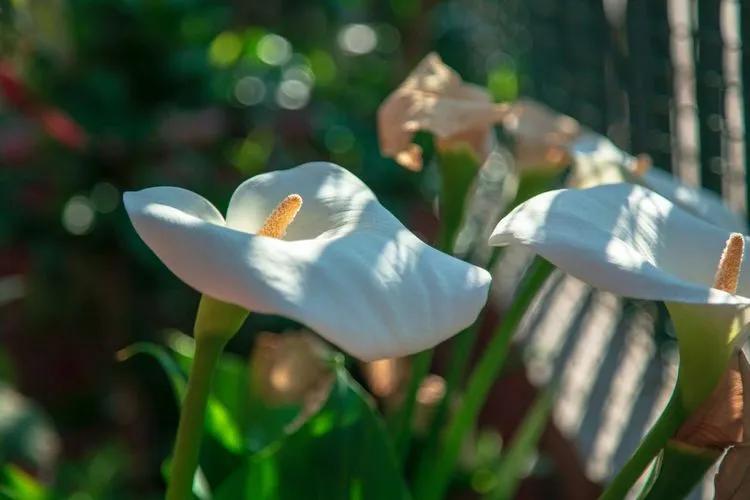 Anthurium grows well at temperatures from 20 to 28 degrees Celsius (68 °F-82,4 °F). In winter, like some other plants, the flower will be comfortable in a cooler environment with temperatures ranging from 16 to 19 degrees (60,8 °F-66,2 °F).
Anthurium grows well at temperatures from 20 to 28 degrees Celsius (68 °F-82,4 °F). In winter, like some other plants, the flower will be comfortable in a cooler environment with temperatures ranging from 16 to 19 degrees (60,8 °F-66,2 °F).
However, if such conditions cannot be provided, then it's okay, the plant will adapt. Also, these species react extremely negatively to drafts. Choose lighting for Anthurium diffused, without direct sunlight.
10. Dieffenbachia
 Dieffenbachia has a rather poisonous juice, which is released when the stem or leaves are damaged.
Dieffenbachia has a rather poisonous juice, which is released when the stem or leaves are damaged.
If it gets on the mucous membrane (nose, mouth, eyes), it can cause significant burns. Because of this significant feature, the plant is not recommended to be placed in rooms where small children are.
